Across Skåne
After 10 days in the new apartment on Spottiswoode, Wheaton and I decided to go camping in Sweden. Emma saw us off from the airport Spoons and soon we were wandering the streets of Copenhagen, considering each dry patch of stone nestled back into church buttresses as a possible campsite.
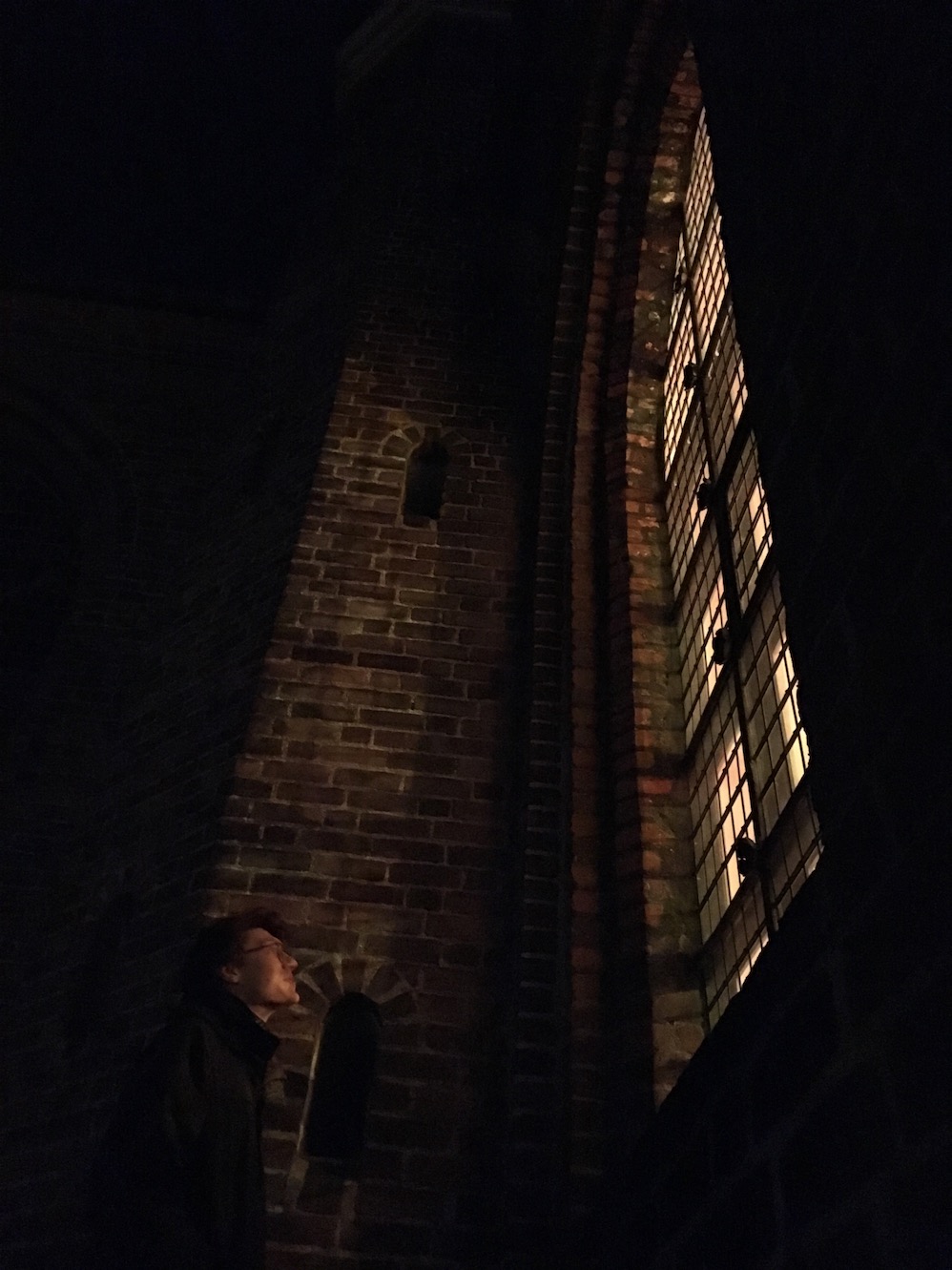
At some point, Wheaton’s friend appeared at Nørreport: a talkative American in music school who now lived with a timid Danish software developer. I was pining for Christiania, but Wheaton talked his way into her living room. We returned to an ivy-lined courtyard and tight, dark staircases with visible wiring. Inside, the Dane’s cat patrolled the bookshelves confidently, pushing its malleable head down into my mug and drinking deeply from the overly milky tea as I fell asleep.
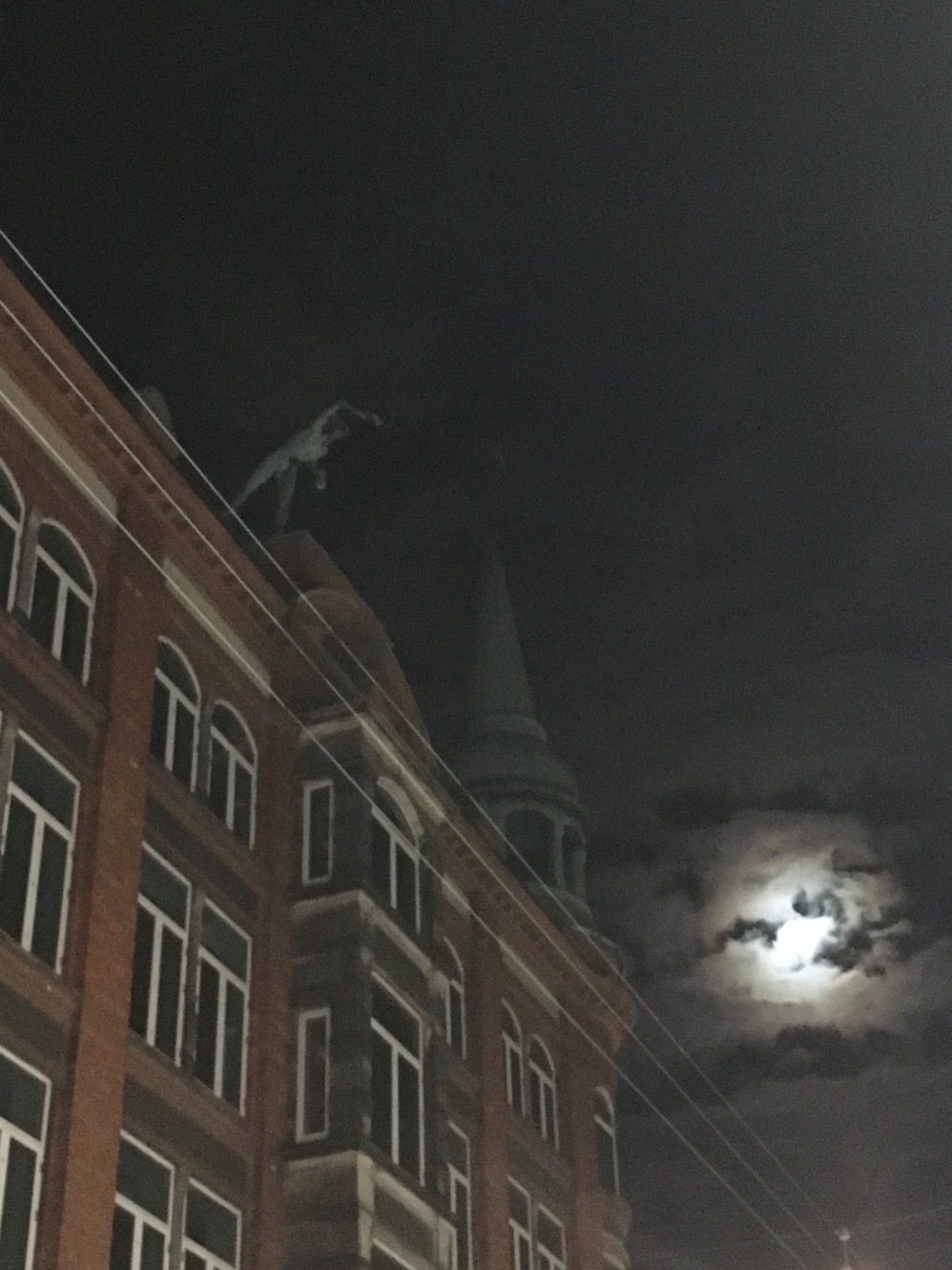
Copenhagen glittered at dawn. We nodded our thanks to the Dane, crestfallen in the shadows of his bedroom, and walked through the city to the Öresundståg, which carried us to Malmö and a rental car waiting in a Kronprinsen parking lot. I gave Wheaton a quick tour of Västrahamnen and swam around one of the wooden piers.

Then it was Krapperup, emerging as always from the formal rows of Beech and low stone walls. We walked the grounds and stepped into a deserted barn expecting a heritage site, but found instead dozens of Swedes hunched over long tables, taking their fika in the darkness of low ceilings and soot-stained furniture.
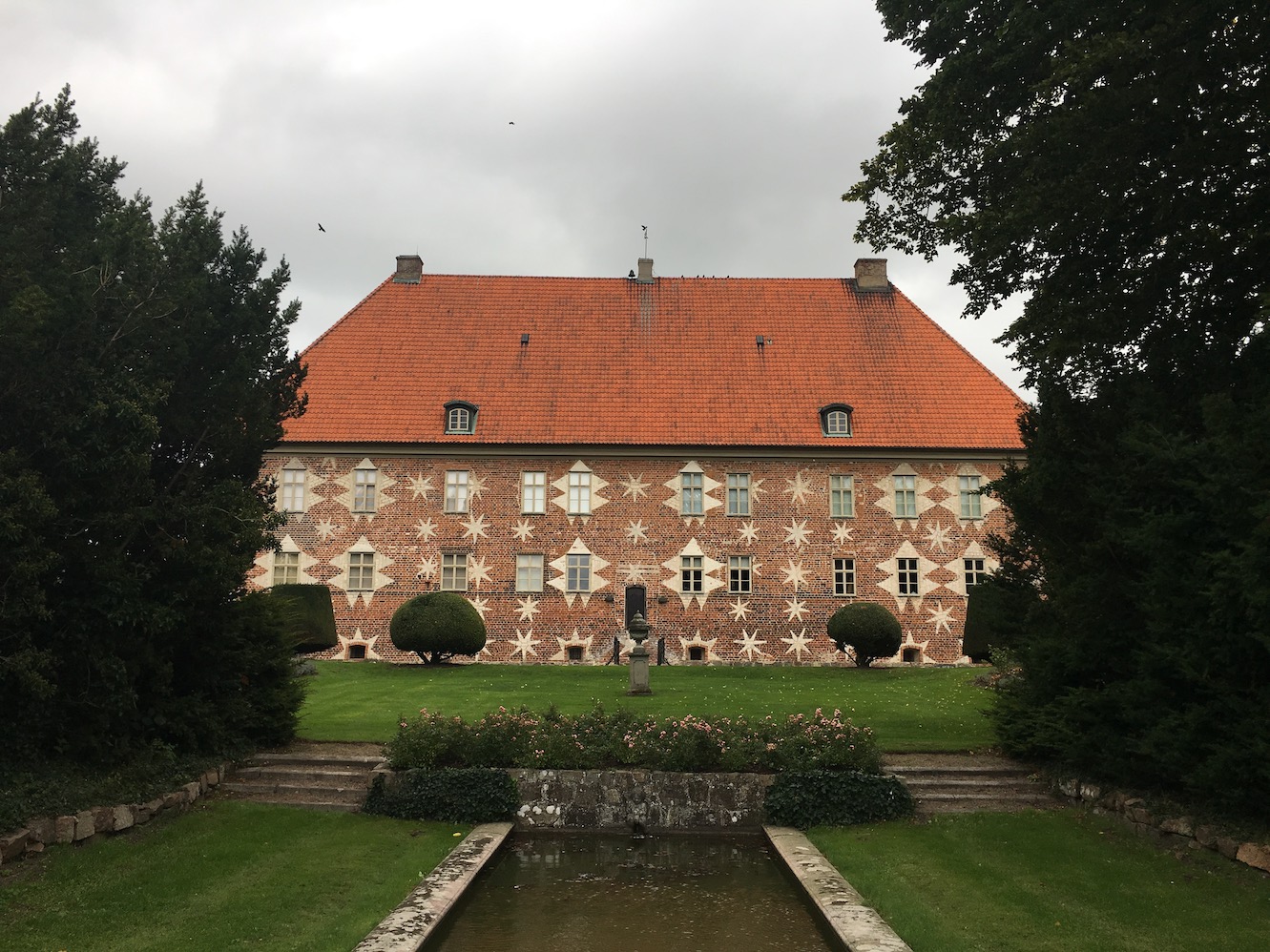

Ladonia changes little yet is always surprising: jagged gold handprints marking the path through the trees, a sandless beach of tide-smoothed boulders, and then the scale of Nimis—larger than the bleached two-by-fours or rusted nails would seem to allow. The tree in the central courtyard was in better health than I’d ever seen, and we had soon scaled the small ridge just north to fix a fallen flagpole. A lone boy sailed past through a strip of golden light.


The first scent of a storm found us gathering supplies in Mölle, and by the time we were back on the coast, the wind had worsened considerably. We made camp back in the stone folds of a small, wooded dell, arranging the flattest stones we could find into a kind of furnace that kept out the wind and roasted our sausages in minutes.
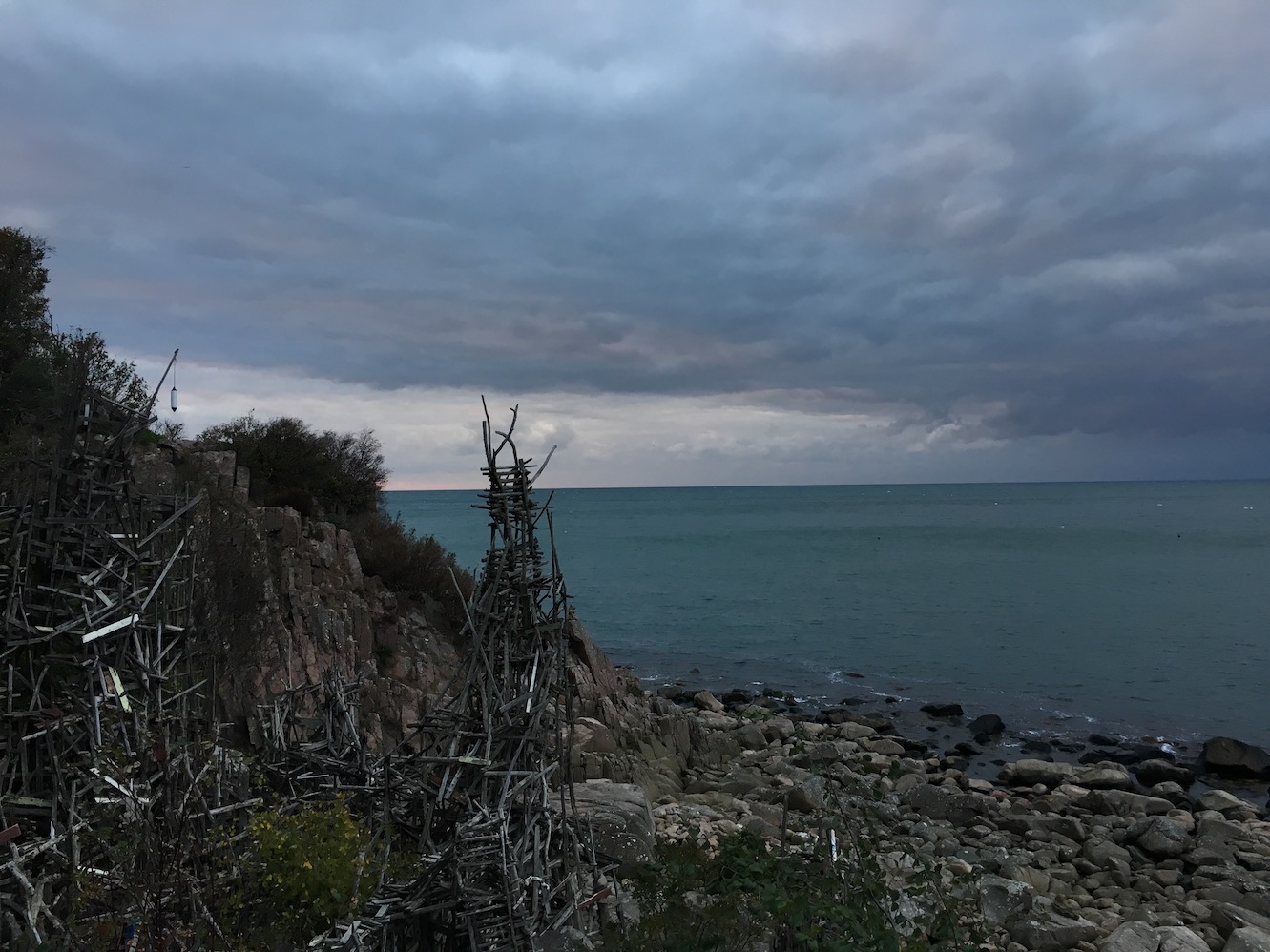


After dinner, I watched Wheaton wash dishes at the water’s edge: a pale silhouette reaching out from the boulders to dip each plate in the tide. As he rose, his foot slipped and time seemed to slow as our beautiful bar of ivory soap shot from his hands and sailed out over the sea, hanging in the air before it slipped away beneath the waves.
Amused by this scene and our dead phones and Lars Vilks’ secessionary spirit, we had understandably forgotten to set up the tent. There was a scrambled effort in light rain, but no luck—the glow from the embers was sufficient only to show us the tent poles lying bent and fucked on the rocky ground. Finally, as the rain worsened and the tide rose, we gave up and crawled into the thing as it lay: a small, wet, distended sack on the hard ground. And so the storm was passed, hysterical at our plight and huddled for warmth as the rain hammered the two thin layers of canvas between us and the electric climate of fair Ladonia.
After a fitful few hours, we woke to bright, fresh air over the ocean and a breakfast of coffee and sausages. Within an hour, we were back on the road, heading toward a cabin on the east coast that we’d hastily booked while watching the waves from Mölle’s harbor.
An old watermill tempted us off the highway around midday. We left the car next to a reservoir and walked south along the river, passing some old industrial buildings and toying with a sunken rowboat, then crossing shallow rapids to join a local footpath. As the woods thickened, we began to notice heaps of strange refuse glowing from the understory: butchered salmon strewn with their own eggs and decaying apples that smelled of fermentation. The fillets had been stripped away cleanly, suggesting an hour’s practiced work beside the river the night before.

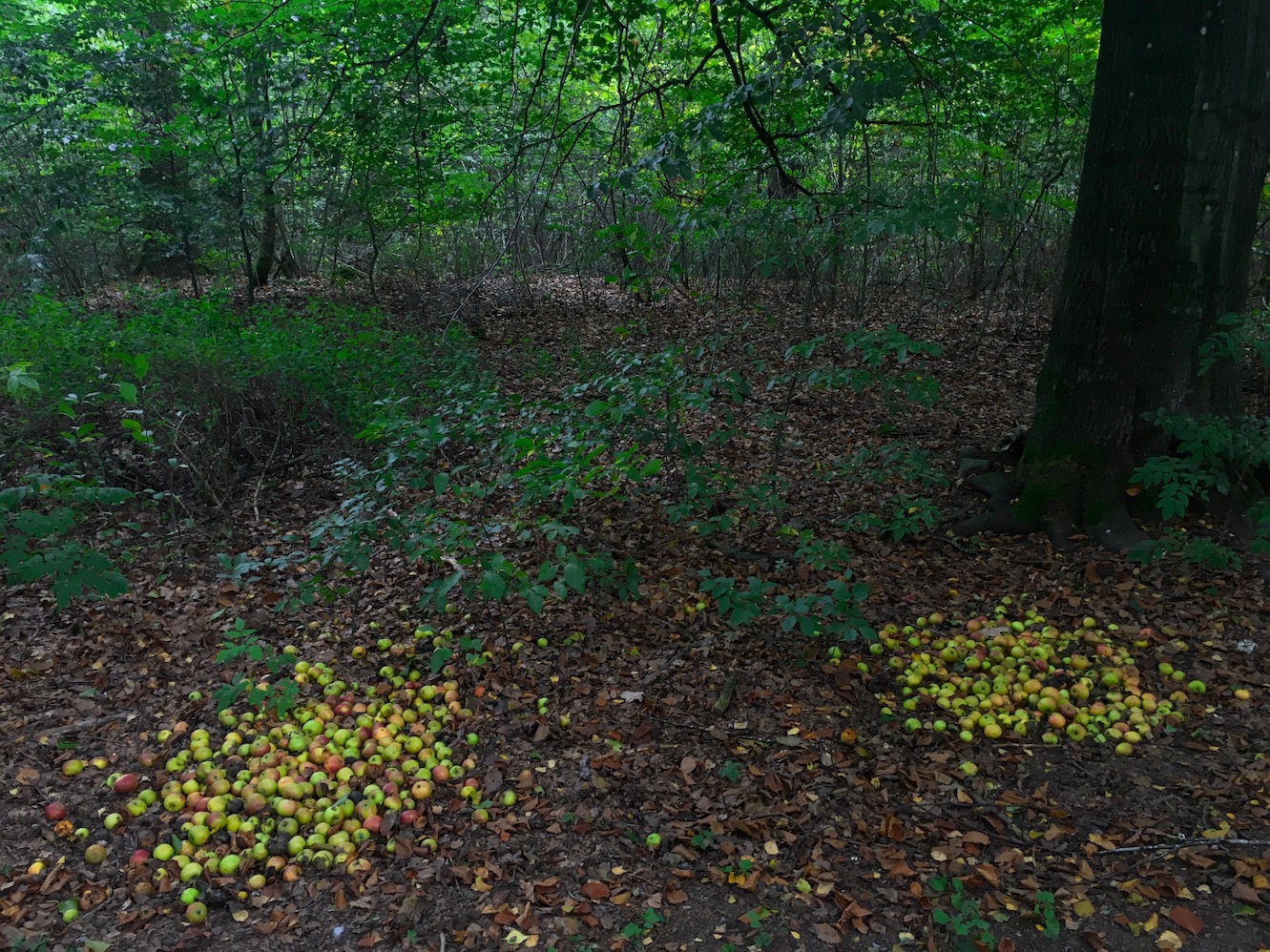
Yngsjö hid its coastline behind a dense forest of pine. A gay couple with dark hair and sparkling blue eyes greeted us from their carport later that afternoon. The rental cabin was a sleek modernist thing adjoining their home, with light wood and large windows looking over a steeply sloped backyard. Outside, the neighborhood stretched across a dark, clean grid that had taken nearly an hour to navigate without phone signal, each house separated by the same acre of soft nettles and thick pines. After taking directions to the sea in halting Swedish, Wheaton and I jogged barefoot along the road, smiling back at the men who watched from their porch and shoving one another out into the yellow light and spongy floor of the woods.

Everything along the coast was cast in that same yellow. Local teens draped themselves across the tall sea walls in the last of the day’s light, exchanging lazy regionalisms over cans of lättöl. We swam and ran as the sun went out but the yellow lingered for hours.
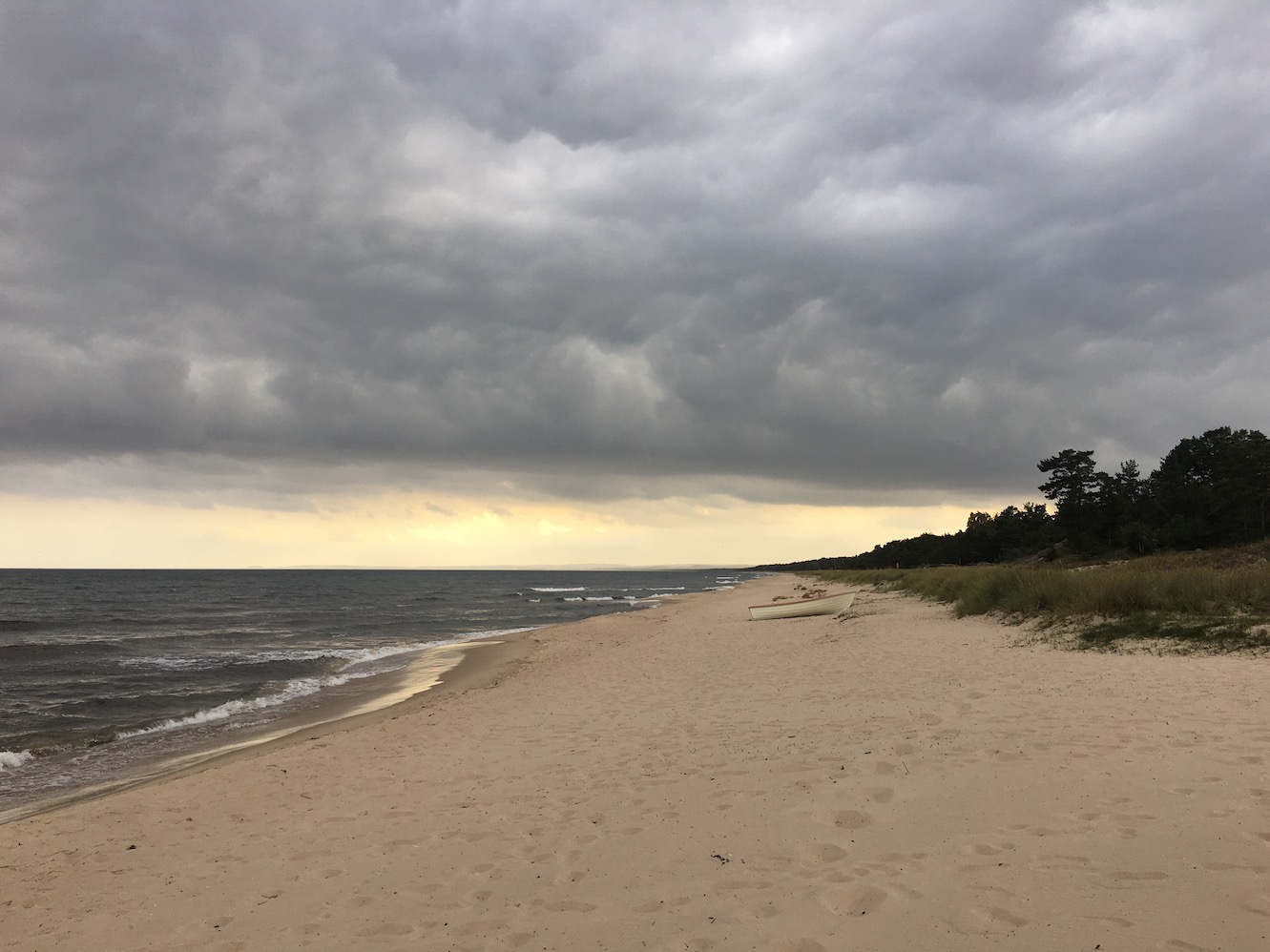
Later, we drove to ICA and spent all of our remaining money on a luxurious piece of salmon and spices. Wheaton whistled as he fried it, crusted with pepper, in our small kitchen and soon we had eaten ourselves into a warm stupor, sinking into local Swedish radio and the ideal, miniaturized life promised by the cabin—feeling like those thin-haired Nordic pensionärer who always seem to outnumber Sweden’s youth.
We woke early to return the car in Malmö and cross the Öresund. Wheaton’s friend rejoined us in Paludan, a Nørreport bar and bookstore, where we told an exaggerated version of the weekend’s events. My phone had been dead for days, so I soon found myself balanced on the back of her bike, speeding across Copenhagen to print my plane ticket in her school’s music library as we shouted over the sound of passing cars.